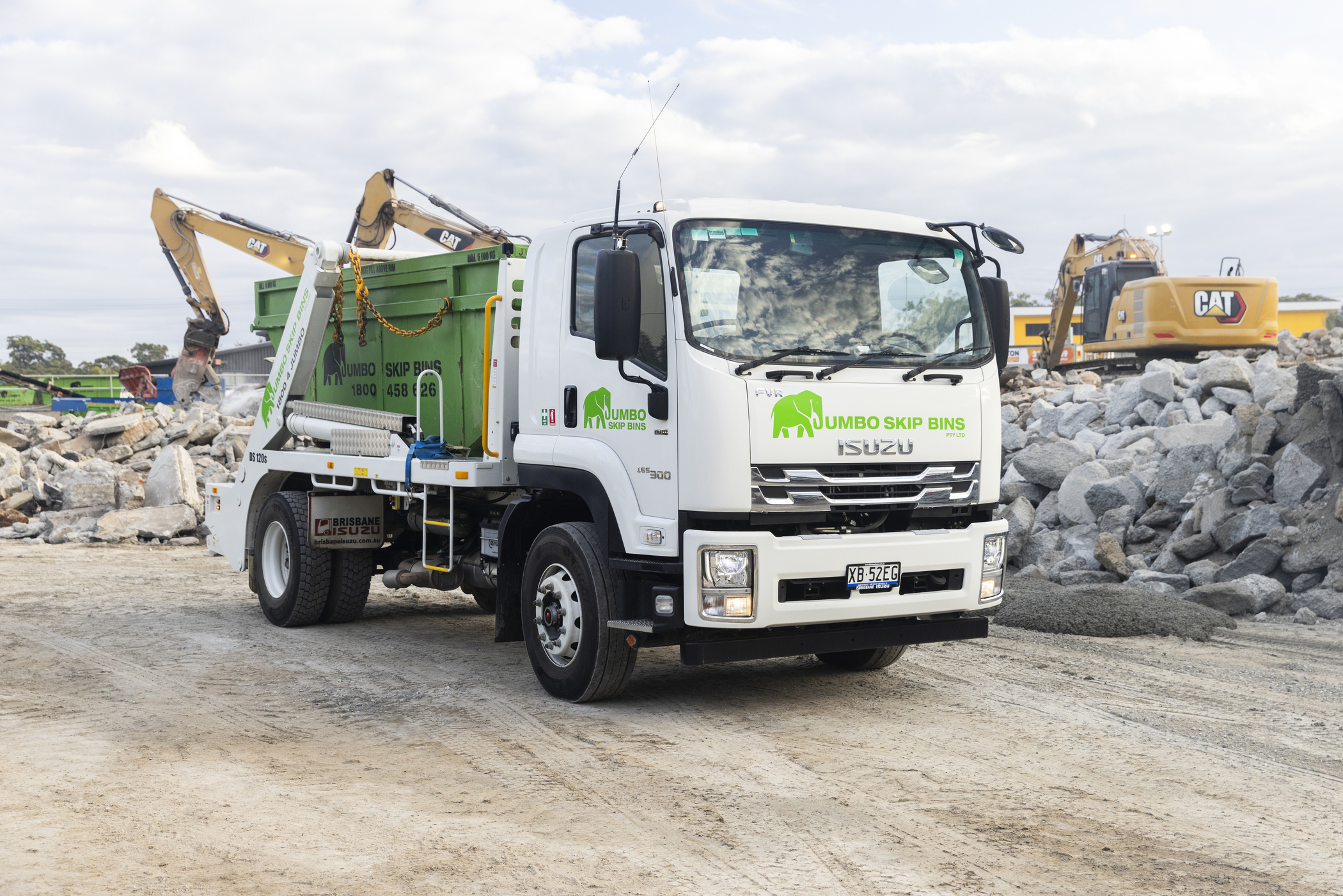WHEN IS A NEAR MISS, TOO NEAR?

 NZ, 2015. A keeper at Hamilton Zoo is fatally mauled by a tiger. The incident occurred despite another keeper reporting a near miss a few years earlier. Nine months after the fatality, Hamilton City Council pleaded guilty to negligence leading to the death, acknowledging that, while they believe the keeper made an error, her safety was their responsibility. WorkSafe found the City had breached the Health and Safety in Employment Act by failing to take all practicable steps to ensure an employee wasn’t exposed to hazards arising out of work. They face a fine of up to $250,000 when they are sentenced in September. Tiger attacks seem a far cry from trucking, but a similarly tragic situation occurred when a South Australian driver narrowly escaped injury when the brakes on his work truck failed. Two days later. Same truck. Different driver. Brakes failed again, this time resulting in tragedy. The employee behind the wheel of the first incident had reported the fault to his boss in a phone call. No action was taken, and no communication shared. The driver who lost his life in the second incident wasn’t aware of the safety issue, even if his boss allegedly was. The inaction in those two days saw the boss of the Adelaide trucking company convicted of manslaughter and sentenced to jail. It isn’t unheard of, when disaster strikes, to hear murmurings from the woodwork of ‘that nearly happened to me once,’ or ‘remember that time when…’ and we breathe a sigh of relief and move on with our day. But what does that solve?
NZ, 2015. A keeper at Hamilton Zoo is fatally mauled by a tiger. The incident occurred despite another keeper reporting a near miss a few years earlier. Nine months after the fatality, Hamilton City Council pleaded guilty to negligence leading to the death, acknowledging that, while they believe the keeper made an error, her safety was their responsibility. WorkSafe found the City had breached the Health and Safety in Employment Act by failing to take all practicable steps to ensure an employee wasn’t exposed to hazards arising out of work. They face a fine of up to $250,000 when they are sentenced in September. Tiger attacks seem a far cry from trucking, but a similarly tragic situation occurred when a South Australian driver narrowly escaped injury when the brakes on his work truck failed. Two days later. Same truck. Different driver. Brakes failed again, this time resulting in tragedy. The employee behind the wheel of the first incident had reported the fault to his boss in a phone call. No action was taken, and no communication shared. The driver who lost his life in the second incident wasn’t aware of the safety issue, even if his boss allegedly was. The inaction in those two days saw the boss of the Adelaide trucking company convicted of manslaughter and sentenced to jail. It isn’t unheard of, when disaster strikes, to hear murmurings from the woodwork of ‘that nearly happened to me once,’ or ‘remember that time when…’ and we breathe a sigh of relief and move on with our day. But what does that solve?
Any workplace. Any time.
Preliminary estimates by Safe Work Australia indicate that 114 Aussie workers have been killed at work in 2016 so far. The majority of these occurred within the Transport, Postal and Warehousing category with a fatality rate that is nearly five times the national rate. Safe Work Australia’s report found that although a large portion of trucking deaths occur on the road, many are attributed to other causes such as loading and unloading, unsecured loads, and performing repairs and maintenance.
How many could have been avoided?
History would suggest that before a major incident there are often a series of near misses. This highlights the need to have strategies and processes in place to enable adaption of the work environment, quite literally for survival. Enter near miss reporting.
The benefits
Improved safety First and foremost, near miss reporting provides workplaces with the tools to identify potential tragedies before they occur, enabling them to avert or lessen the disaster. Employee engagement It also gives employees a vested interest in the safety of their workplace and their colleagues, because the company has shown a genuine interest in their wellbeing. Given that 90% of incidents involve employees rather than owners, staff involvement is crucial and any subsequent action needs to be a collaborative effort. Cost benefits From a business perspective, there are cost benefits in being proactive rather than reactive. Safe Work Australia estimated in the years 2008-2009 the cost of work-related injuries amounted to over $61 billion. This takes into account both direct and indirect costs which include, amongst other contributing factors, healthcare costs, loss of productivity, loss of income and loss of quality of life. Better business practices Near miss reporting also contributes towards identifying weakness in training, knowledge, processes and procedures.
How to build a near miss reporting culture
- Regardless of the size of the business, breeding a culture of safety is hugely beneficial. No one wants to be buried under paperwork, so keep it simple and it will spare you headaches in the long run
- Build a simple template for reporting the near miss. There are plenty of online examples from a range of industries to draw from and if in doubt, take a look at some of the procedures/guidelines put in place by leading Australian organisations
- Decide how the matter should be reported, and who is the best person to handle the information. This way the issue isn’t bounced around and lost in the noise. It also establishes accountability
- Communicate strategy to all staff, emphasise the benefits in reporting, and use near misses as a positive learning tool
- Take action – it may involve education, training, improving awareness, adapting processes, signage. Not all actions will need to be significant, but taking steps to address the root cause of a near miss will determine success
Tips for near miss reporting success
- Reporting needs to be non-punitive, as well as anonymous if requested
- You won’t get the buy-in if an employee has fear of repercussion such as a loss of credibility, negative impact on career progression, job instability and fear of blame
- Investigate the report and take action in a timely (and open-minded) manner; depending on the severity you may need to prioritise what action needs to be taken
- Get full managerial and leadership support. Make peace with the time and cost associated and move forward - it’s worth it
- Have a clear system in place! An over-complicated strategy is a sure-fire deterrent
- Collate the data and review it regularly. This exercise is no less valuable to a small business, although smaller operations may find it necessary to look for additional data from larger companies with industry averages, to supplement safety reviews
- Serious incidents won’t discriminate between a workplace of hundreds or a handful
Employers have an obligation to report any actual injury or fatality to their local authority. But above any legal obligation, every employee is entitled to return home at the end of each workday. Near misses are the early warning signs we can’t afford to ignore.


Playtime’s over, get $3,500* to spend on extras.
If you’re ready to get serious about tackling bigger jobs, grab yourself an NLR 45-150 AMT SWB Traypack from the Ready-to-Work range for $62,990 drive away*. And to prove we aren’t playing, buy any NLR Traypack before June 30 and you’ll get $3,500* to spend on genuine accessories or an Essentials service agreement.
Learn more



